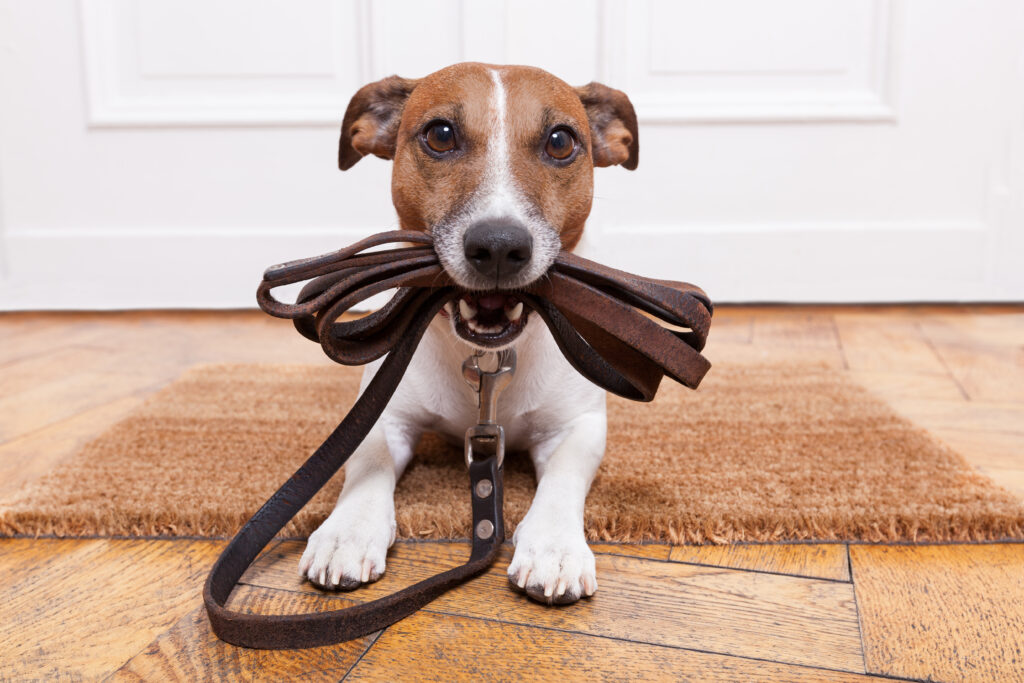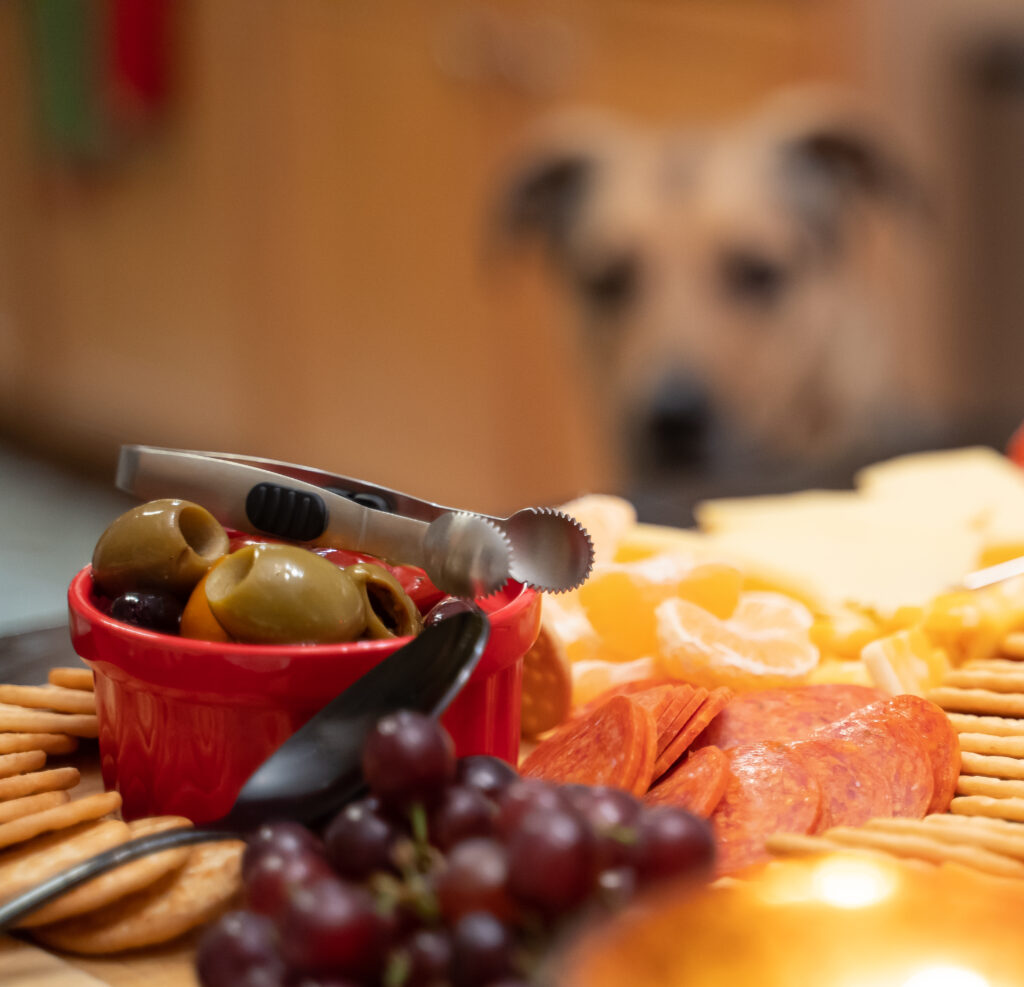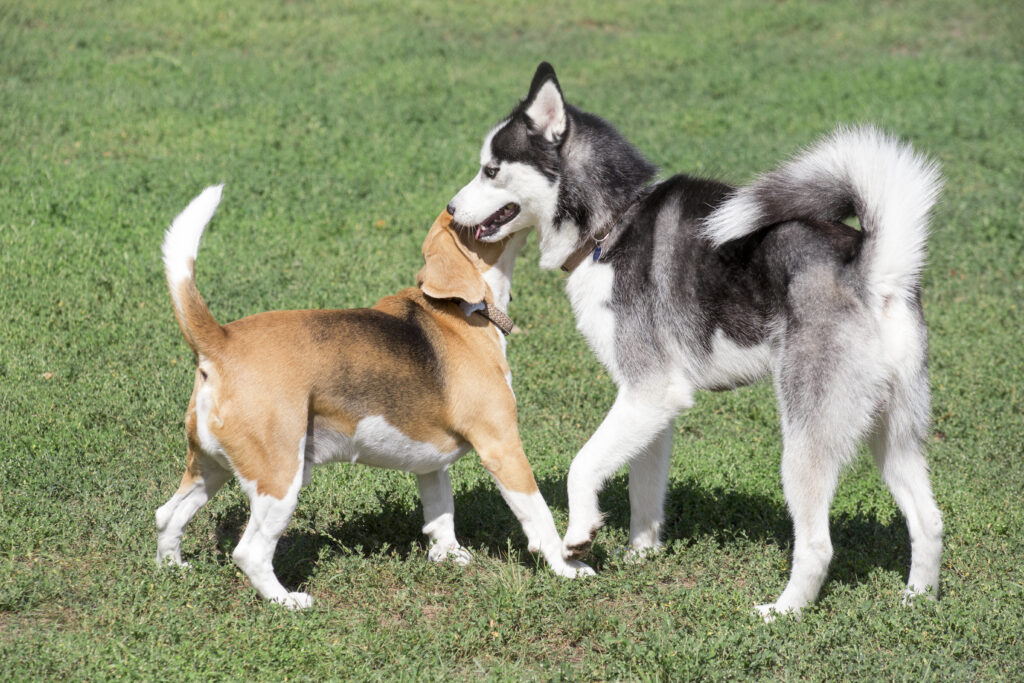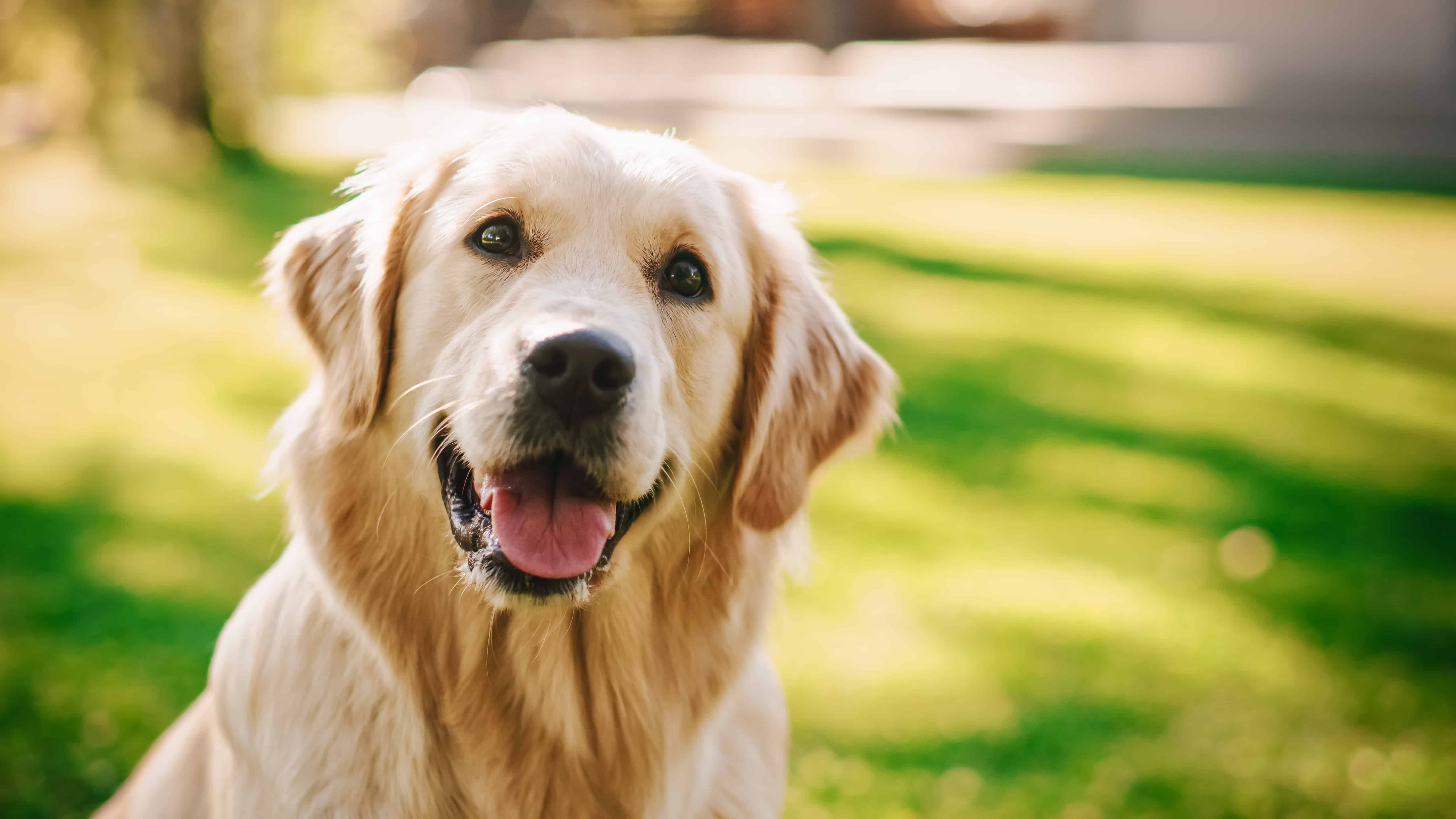These days, our family dogs have grown to be more than just pets – they are valuable, loved members of our homes. Some of us spend more time with (and money on) our four-legged friends than we do with some of our closest friends or family members!
Given the importance of our relationship with dogs, it is vital that we keep them safe so they can live a fulfilled, healthy and happy life. If you’ve been around dogs a while, or if you have a hectic lifestyle, it can be easy to overlook some of the more basic aspects of looking after your dog. With this in mind, we thought it might be useful to create this checklist as a reminder of the things you should do to keep your dog safe and healthy.
Collars, ID Tags And Leashes
Even the most responsible dog owner has probably encountered a situation where their dog has jumped their backyard fence, chased after a wild critter on a walk in the woods, or has otherwise had a scenario where their dog has escaped out of their sight.
This situation is extremely stressful for any dog owner. However, the stress increases multifold if your dog isn’t wearing a collar with an identification tag. Unfortunately, we all too frequently see posts on social media regarding missing animals, and many of them have no identification. If found, a dog could easily be reunited with its owner if the collar has an ID tag attached with the owner’s information.
For off-leash adventures, even a well-trained dog with a solid recall command can find the temptation of chasing after deer or other animals too much to resist. Even if you’re planning a walk in the middle of nowhere, bringing a leash along can help to keep your dog out of trouble if an unexpected situation arises. A GPS collar is also advantageous.
Although this might seem obvious, here are a few points to be aware of when it comes to collars, tags and leashes.
- Make sure your dog’s collar is a good fit, and remember to check this periodically if your dog’s weight tends to fluctuate. Obviously, the collar shouldn’t be so tight on your dog that it affects their breathing; however, it needs to be tight enough that your dog can’t wriggle out of it.
- When you move address or change phone numbers, make sure to get an updated identification tag for your dog with the new details. Most importantly, remember to attach it to their collar. If your dog is microchipped, you should also update the manufacturer with your new contact details.
- Even for dogs who are trained off-leash, it is definitely worth having a leash on your person for potentially dangerous situations where you need to keep control of your dog.

Hot (and cold) weather
We’ll shortly be approaching the time of year where we’ll be heading out on summer vacations or bringing our dogs along on adventures. Dogs are particularly susceptible to suffering in hot weather. Their fur makes it almost impossible to keep themselves cool. Dehydration can also be an issue.
It goes without saying, but never leave your dog unattended in a car in hot weather. It doesn’t take long for that temperature to rapidly increase (if it’s 80F outside, it will be over 100F in your car within 15 minutes), and you are literally putting your dog’s life at risk by doing this.
In addition, when taking your dog for a walk during those hotter months, be mindful of the surface temperature for their paws. Asphalt, for example, absorbs and retains heat very easily. An ambient temperature of 85F can make asphalt feel closer to 140F. As the old adage goes, before setting off on a summer walk with your pup, put the back of your hand on the ground for seven seconds; if you can’t stand the heat for those seven seconds (or even if it becomes close to unbearable), it is too hot for your dog’s paws and they could easily burn them on your walk. Try to find an alternative route on a surface such as grass, which does not get anywhere near as hot as asphalt, concrete or brick.
Staying with temperature, the converse is also true – think about your dog if the weather is particularly cold. Don’t just leave them outside to freeze! Whilst some breeds can tolerate the cold to some extent (longer-haired dogs, or those bred for winter conditions, like Siberian Huskies), dogs can still suffer from frostbite or hypothermia if left in freezing conditions.
Watch what your dog eats
You have several different options for your dog’s diet. You could choose to feed them a raw diet, or you could opt for straightforward kibble or wet food, or perhaps a mix of these options. The right choice for your dog will be dependent upon your beliefs on the best dietary outcome for your dog, your finances, and the time you have available if you have to make their food.
However, there are some non-negotiables when it comes to the food your dog eats. There are simply some foods that your dog should never ingest – many of these are actually toxic and can poison your dog. These foods include:
- Garlic
- Onions
- Mushrooms
- Grapes
- Grapefruit
- Cherries
- Chocolate
- Macadamia Nuts
- Xylitol (watch out for peanut butter)
For more information on the foods your dog can (and can’t) consume, refer to our list here.

Know your veterinarian
Building a strong relationship with a veterinarian you trust is vital for your dog’s wellbeing. Your veterinarian will not only help to guide you with essential treatments for your dog like vaccinations and heartworm prevention, but they will also perform wellness checks, which can help to guard against long-term health problems.
Make sure to have the contact details of your regular veterinarian and an emergency, out-of-hours veterinarian easily available. Save them in your phone or stick them to the refrigerator where they will be easily visible for other members of your household.
Monitor interactions with other dogs
Supervising your dog 24/7 would likely be an impossible job for most of us, but there are some situations where you should pay more attention to them. Keeping a close eye on your dog when they are interacting with unfamiliar dogs can ensure that the experience is a positive one for them. After all, socialization is very important for your dog’s development – but it should be good socialization.
One example is when you take your dog out in public – on a walk, or at a dog park – where a situation could arise that might not be positive for your dog. For example, if you take your dog to a dog park, make sure to observe the other dogs before you let your dog in there to play. There are some owners who may not recognize that their pup is bullying or acting with aggression towards other dogs.
Similarly, you may notice traits in your own dog when they are around other dogs that you might want to work on. Perhaps they, themselves, are the bully – or maybe they are lacking in confidence. Which brings us to our final point…

Dog training keeps your dog safe
Without doubt, one of the most sensible investments you can make in your dog’s safety is to work with them! Whether it’s through working with a professional dog trainer or by putting in the work yourself, training your dog has numerous benefits – but perhaps most importantly, it will help to keep them safe.
The main consequence of training your dog? It offers you control over their behavior. You put the odds in your favor just by working with them. For example, you reduce the chances of your dog bolting out of the front door if you’ve practiced it previously. If you can train a reliable recall, then the odds of stopping them from running in front of a car in your sub-division are immediately improved.
By building a solid base of communication with your dog, the bond between the two of you will continue to grow. You will learn to trust one another. In a dangerous situation, it could make a life-or-death difference, ensuring your dog listens to you and stays out of trouble.


You must be logged in to post a comment.